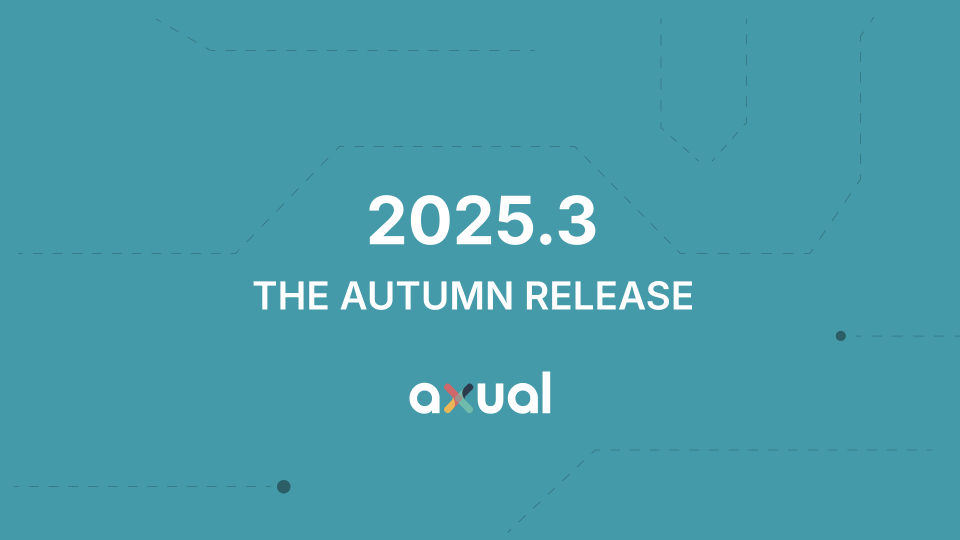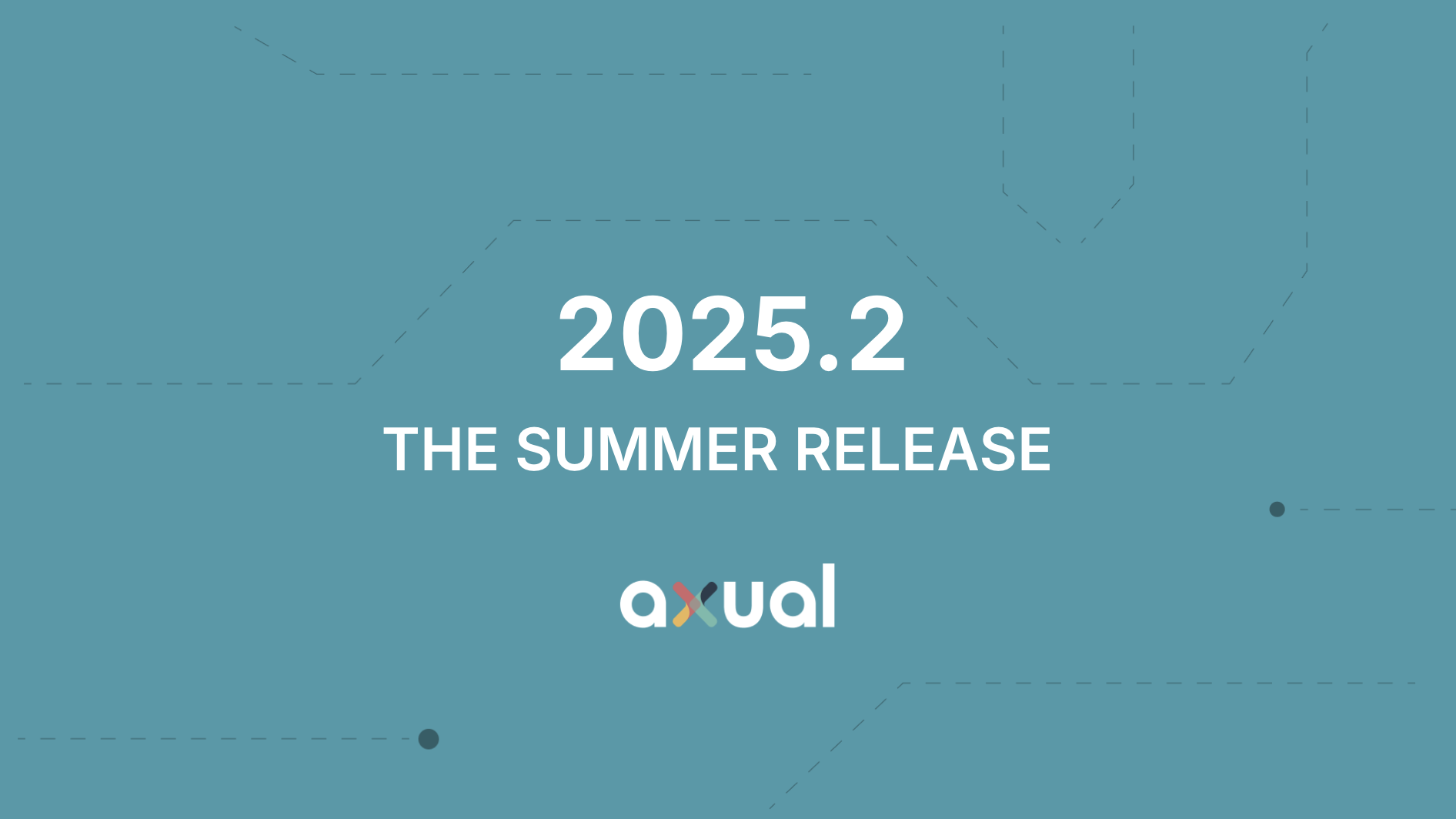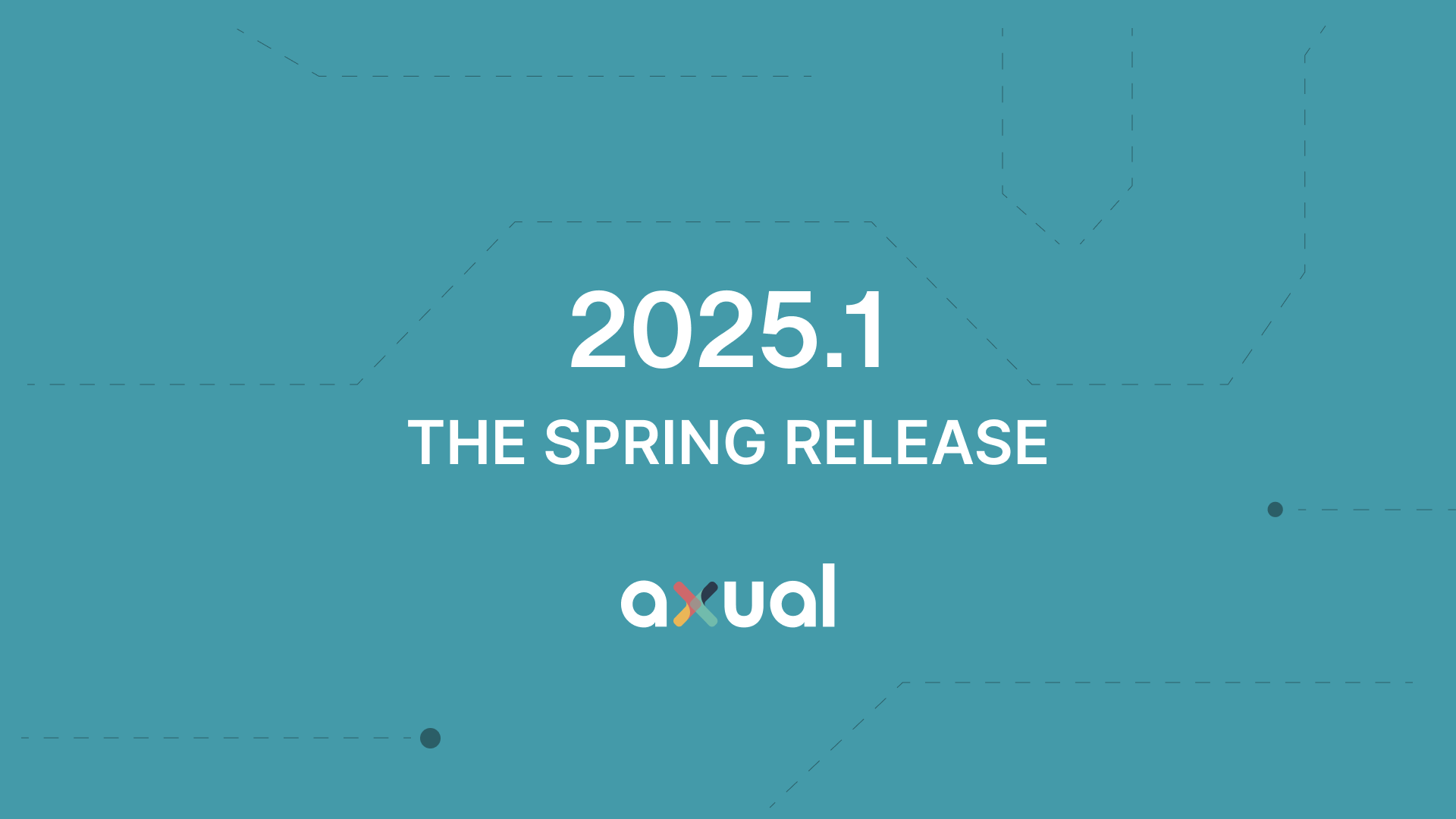On this page
Apache Kafka is a powerful tool for real-time event streaming, and many organizations are eager to adopt it. However, rolling out Kafka isn’t just about setting it up and watching it work. Hidden costs and complexities will catch even seasoned CTOs and other business decision-makers off guard. Understanding these factors and the costs that come with them before implementation can save your company significant time, money, and frustration.
Factors for hidden costs
Before diving into Kafka, it’s crucial to consider the range of potential expenses that might arise during and after implementation. These factors can add up quickly, from infrastructure requirements to operational overhead and licensing fees. In this article, we’ll explore some of the most significant cost areas to help you make an informed decision.
Infrastructure Costs
Running Kafka at scale requires more than just a few servers. Kafka’s performance depends on a reliable infrastructure, which often includes high-performance storage, powerful CPUs, and plenty of memory. You’ll also need to plan for redundancy to avoid downtime. This quickly drive up hardware and cloud costs, especially as your data volume grows.
Operational Overhead
Managing clusters requires specialized skills. Your team must handle setup, configuration, and ongoing maintenance, including scaling clusters, monitoring performance, and managing security. Many organizations find they need to hire or train dedicated staff, which adds to operational costs.
Hidden Development Time
Integrating Kafka into your existing systems is always a lengthy process. It is not plug-and-play—you’ll likely need to build custom connectors, adapt your data pipelines, and ensure compatibility with other tools. This can delay projects and increase development costs.
Licensing and Support
While Kafka is open-source, additional tools and services often come with a price tag. For example, licensing fees can add up if you’re considering third-party solutions. Even if you stick with the open-source version, you may still need to pay for support from experienced vendors to ensure smooth operations.
Security and Compliance
Implementing Kafka securely is not a simple task. You must configure encryption, authentication, and access controls to protect sensitive data. Ensuring compliance with regulations like GDPR or HIPAA can add further complexity, requiring additional tools or external audits.
Downtime Risks
Without proper planning, Kafka implementations can sometimes lead to unexpected downtime. This could result from misconfigurations, insufficient monitoring, or underestimating infrastructure needs. Downtime doesn’t just affect operations, which possibly harms your reputation and bottom line.
Conclusion: Plan for the Full Picture
Rolling out Kafka transforms how your organization handles data, but it’s not a decision to take lightly. Understanding the full costs—from infrastructure to ongoing operations—is essential for a successful implementation.
Download our whitepaper today to learn more about these challenges and additional costs and see how to address them effectively. It provides in-depth insights and actionable strategies to help you make informed decisions within your organization.
Answers to your questions about Axual’s All-in-one Kafka Platform
Are you curious about our All-in-one Kafka platform? Dive into our FAQs
for all the details you need, and find the answers to your burning questions.
The cost of running Apache Kafka depends on several factors, including deployment model, infrastructure requirements, and additional tools or services.
Kafka can be considered expensive due to the nature of its architecture, operational requirements, and the scale at which it is typically used.
Apache Kafka itself is free and open-source software distributed under the Apache 2.0 License. This means you can download, use, and modify Kafka without incurring any licensing fees. However, while Kafka is technically free, the costs come from the resources and effort required to deploy, manage, and operate it effectively.
Related blogs

Axual 2025.3 release introduces KSML 1.1 integration for automated stream processing deployment, group-based resource filtering for multi-team governance, and experimental MCP Server for AI-driven platform operations. Includes JSON schema support, Protobuf processing (beta), and enhanced audit tracking for enterprise Kafka implementations.

The Axual 2025.2 summer release delivers targeted improvements for enterprise-grade Kafka deployments. In this post, we walk through the latest updates—from enhanced audit tracking and OAuth support in the REST Proxy to smarter stream processing controls in KSML. These features are designed to solve the real-world governance, security, and operational challenges enterprises face when scaling Kafka across teams and systems.

Axual 2025.1 is here with exciting new features and updates. Whether you're strengthening security, improving observability, or bridging old legacy systems with modern event systems, like Kafka, Axual 2025.1 is built to keep you, your fellow developers, and engineers ahead of the game.

